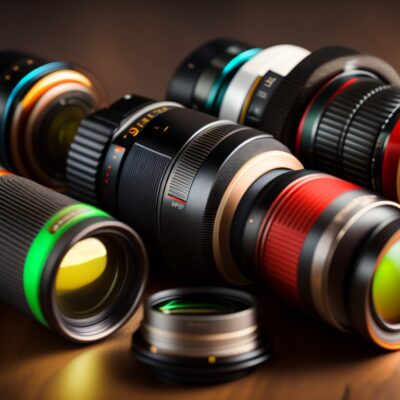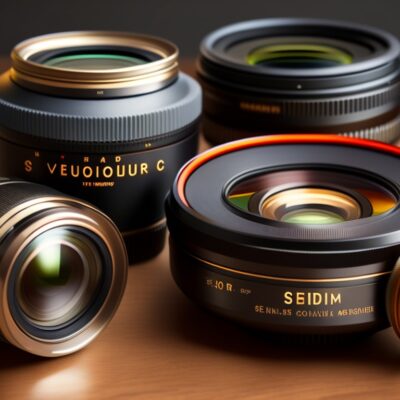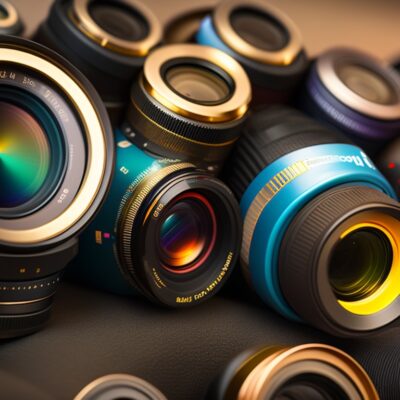Hello, it’s been a very long time since I posted anything on this blog. COVID hasn’t been very kind to our family, we lost three family members, and as I write this post, another family member is COVID positive.
But the pandemic gave me the opportunity to look into things that I wouldn’t have looked at before — mostly to maintain my sanity.
One of those things that I took up during the pandemic is videography. I’m by no means a serious videographer, but it’s something I’ve been learning about. There are many things to learn about making good videos, such as locking focus, white balance and exposure during filming, and having a solid post-processing workflow.
For now, I will focus on one thing that had me scratching my head until I learned about it this year. Namely, flickering light in videos.
If your shoot indoors, or if you shoot a video where a fluorescent light is in your composition, it is possible to get lights flickering in your video.
For many years I just thought that this was inevitable and that the only reason it doesn’t appear in movies or YouTube videos is that they are using some sort of advanced camera that prevented this.
It turned out that the issue was much easier to solve. Fluorescent light, and dimmed LED light, uses alternating current, AC, electricity. If we were to draw a waveform representing AC, it would look like a sine wave. It’s not a constant value, it’s a wave that varies over time, effectively switching the lights on and off many times per second.
This switching is done so fast, that our eyes can’t see it. To us, the lights appear as one continuous source of light. However, depending on the settings of your camera, the sensor in your camera can pick up different levels of light depending on the point of the sine wave of electricity it chooses to shoot a frame at.
Let me try to simplify this a bit more. When you are shooting videos, you are essentially taking many photos in succession – the number of photos you take per second is referred to as your frame rate and is measured in frames per second (fps). Each camera gives you a range of choices for this setting.
Your choice of frame rate has several creative uses, such as reducing or increasing motion blur, the ability to create slow motion by playing back high frame rate videos at lower rates, etc.
But for the purpose of this post, I will concentrate on the effect of frame rates on light flicker. Those of you coming from the photography world probably already know that lighting is everything in photography, changing the light will, among other effects, change the exposure of the photo — making it brighter or darker.
Since videos are essentially many photos shot in succession, what this means is that in order to get consistent lighting in each frame (photo), and hence avoid flicker, each frame should be shot when the brightness of the artificial light being used is the same.
Since the brightness of the light depends on the current passing through it, and sine waves have varying currents, it is important to take each frame in a video at the exact same level of brightness in the sine wave.
So for example, if we start filming when the sine wave of our AC light source is at 60% of its peak value, and hence our light is at 60% of its brightness, all subsequent frames need to be shot when the sine wave is at 60%. If this doesn’t happen, there will be differences in lighting among frames — you will see this difference as flicker.
So, the question is how to ensure this? The answer is ichoosing the appropriate frame rate given the frequency of the AC current in your country of residence. In most countries in North America, AC varies at 60 Hz, while in most of the rest of the world it’s 50 Hz.
In other words, the sine wave that provides electricity in North America oscillates 60 times per second, while it oscillates 50 times per second in most of the rest of the world.
The easiest way to ensure that each frame is shot at a point in time when the AC current is at the same level, is to use frame rates that are multiples of the frequency of the electricity. Thus, in countries that use 50Hz AC, you can shoot video at 25 fps, 50 fps, 100 fps, etc, with no flicker.
Likewise, in counties that use 60Hz AC, you can shoot at 30 fps, 60 fps, 120 fps, etc, with no flicker. By synchronizing the frame rate to the frequency of the electricity we ensure that each time your camera captures a frame, it will fall on a point in the sine wave that has the same intensity — thus, no flicker.
It is possible to shoot video at frame rates that are not synchronous with the AC frequency used in a particular country, but then you would have to vary the shutter speed to ensure that there is no flicker. I’ll leave that to another post so that I can describe it in detail without making this post too long. I hope this helped those of you who have been getting flicker in their video understand why it happens and how to avoid it.
To conclude, videos will flicker when shot at frame rates that are not multiples of the frequency of electricity under artificial lighting that uses AC power. I know it’s a bit of a mouth full, but I hope the preceding explanation helps you grasp this.




